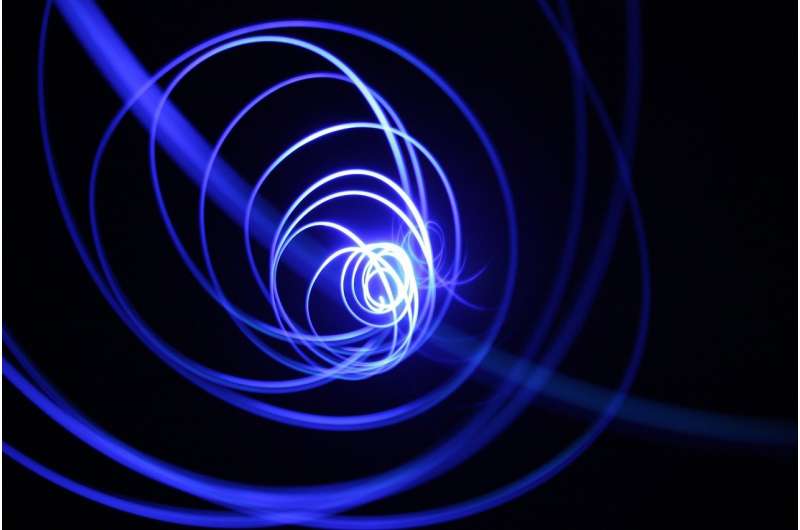
Researchers from the Cluster of
Excellence "CUI: Advanced Imaging of Matter" have achieved a
breakthrough—creating a completely new type of plasma by combining
state-of-the-art technologies using ultrashort laser pulses and ultracold
atomic gases. They report on a novel electron cooling mechanism occurring in
such plasmas in the journal Nature Communications.
Matter exists in four states—solid, gas, liquid, and plasma—with plasma being the most abundant state in the visible universe. It consists of free charged particles such as ions and electrons. Plasmas can exist over a tremendous range of temperatures and densities, from the sun's core to lightning or flames. The challenges to understand plasma dynamics are first to identify universal mechanisms and then compare them to a controlled laboratory experiment. "With the presented work, we hope to contribute to a broader understanding of fundamental processes occurring in extreme plasma systems, which are not directly accessible for experimental research," first author Tobias Kroker from the research group of Prof. Dr. Markus Drescher in the Department of Physics states.
At the Center for Optical Quantum Technologies at Universität Hamburg, the researchers cool and trap atoms with laser light. They use the intense light field of an ultrashort laser pulse to break up atoms into electrons and ions within 200 femtoseconds. A femtosecond is one millionth of one billionth of a second. Because of the extremely low initial temperature of the atoms, the ions have temperatures lower than 40 millikelvin, which is only a fraction above the lowest possible temperature in the universe (0 Kelvin or minus 273 degree on the Celsius scale). In contrast, the electrons are initially very hot with temperatures of 5250 Kelvin, close to the ones found at the surface of the sun.
Hot electrons directly created by the ultrashort laser pulse begin to escape and leave behind a positively charged region that traps some of the electrons in an ultracold plasma. "Such a plasma state has never been observed before," Kroker says. The researchers from the groups of Prof. Dr. Markus Drescher and Prof. Dr. Klaus Sengstock observed that the trapped electrons in the plasma are cooled on ultrafast timescales and measured the final electronic temperature. In addition, they observed that the plasma is stable over a few hundred nanoseconds, which is a very long time for such systems.
Such ultracold plasmas provide benchmarks for theoretical models and can shed light on extreme conditions present in inertial confinement fusion or astronomical objects such as white dwarfs. Furthermore, the resulting ultracold electrons are interesting by themselves as a bright source for imaging biological samples.

 Previous page
Previous page Back to top
Back to top







